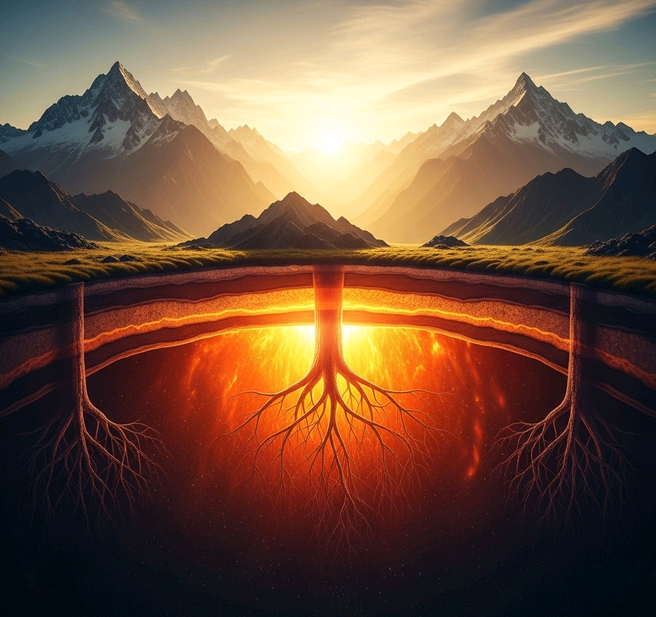How to Deep Clean Water Bottles & Prevent Mold in Hydration Bladders
Hiking & ActivitiesThe Unseen Battle: Mastering the Art of Cleaning Your Water Bottles and Hydration Bladders In hiking, running, and any outdoor activity, staying hydrated is essential. Your reliable water bottle or hydration bladder is crucial on the trail. However, like any important gear, it requires proper care. Many outdoor enthusiasts don’t realize that their hydration system
Night Hiking Safety: Your Headlamp Checklist Before You Go
Hiking & ActivitiesNight hiking is cool, but don’t get stuck in the dark! Hiking when it’s dark out has a special feel. The world changes; sounds get louder, and trails you know seem totally different. That said, going into the dark without getting ready can be bad news fast. The most important thing you need for a
How Deep Are Mountain Roots? Unveiling Earth’s Hidden Foundations
Regional SpecificsBeneath the Peaks: How far down is the crust of the Earth under mountains? The magnificent grandeur of soaring mountain ranges—their craggy peaks brushing the heavens—always astounds us. But have you ever pondered what is upholding these enormous structures? It is far more than just a superficial aspect; deep within our world sits a concealed,
Conquer Rough Trails: Your Essential Day Hike Packing List
Hiking & ActivitiesConquer the Trail: What to Pack on a One-Day Hike Over Rough Ground Rugged terrain suggests variable paths, perhaps uphill and downhill, and constantly changing ground under foot. This calls for a more thoughtful approach to packing; it is not your typical stroll in the park. My objective here is to provide you with a
Exploring the Geological Features of Caves: A Comprehensive Guide
Hiking & Activities . Natural EnvironmentsExploring the Geological Features of Caves: A Comprehensive Guide Caves, nature’s enigmatic subterranean voids, have always held a special allure for me. From the time I first squeezed through a narrow opening into a cool, dark cavern as a kid, I was hooked. These natural wonders, large enough for human entry, offer a unique window
What Factors Contribute to Stronger Winds?
Weather & ForecastsUnderstand the factors that affect wind strength Wind strength is a critical aspect of our atmospheric system with significant implications for various sectors, including transportation, renewable energy, and weather forecasting. Understanding the factors that contribute to the variability of wind strength is essential to ensure safety, efficient resource utilization, and effective planning. In this article,



